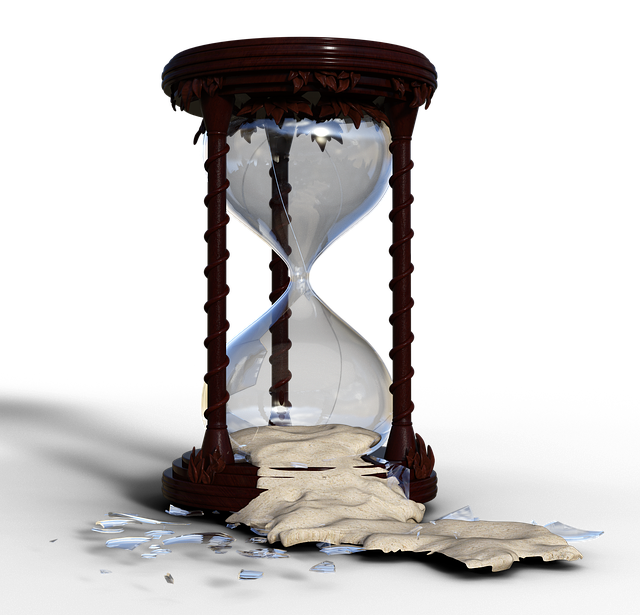Creating the Webbd Wheel: Time
In which we forget about clocks and calendars ...
We in modern western culture think of time as linear. We draw timelines from left to right. We carefully note the order in which things happen. Beginning, middle, end. One hour follows another, one day another, one year another, one generation another.
However, this visualization of time is not universal. Many cultures have historically pictured time as a wheel or a spiral. Modern physics suggests the possibility of parallel worlds, running side by side but invisible to one another. Perhaps every time we make a choice we start a new world spinning in which we made another choice. An infinity of worlds, and each of us a creator.
I deliberately play with the concept of time in the Webbd Wheel. Oral stories have many traditional beginnings and endings, and I employ one of my favorites in this series: Once upon a time long past and coming again soon … This is a cue to the listener that we are leaving the realms of intellect and logic and entering into our intuition, our creativity, a childlike state of wonder in which anything may be possible. Linear thinking is of no use here. We must listen with our hearts.
Mary, her consort, and their twin sons are at the core of this enigma. Each of them turns the great wheel of cycles and seasons. Mary’s consort, the Harvest God, dies each season and is reborn. Mary herself, the Sacred Mother, goes through an endless cycle of maiden, mother, and crone. Is it the same woman who does so, or a different iteration each time?
Ancient pre-Christian cultures commonly had some kind of a harvest deity who died and was reborn. It’s an archetype deeply rooted in our psyches, as we are all children of the Earth, bound to the seasons and cycles of our planet and our lives. Jesus Christ was by no means the first figure representing death and resurrection.
Cassandra, as a half-mad seer, is outside what we think of as rational thought. This means she’s released into a different kind of consciousness, unconstrained by logic or practicality. She tells a story about Dar’s death while Dar is a newborn. Has it all happened before, and she relates a past event, or has she seen ahead? Is it Dar she speaks of, or another dark twin born to another Sacred Mother and Harvest God somewhere else on the wheel of time? We don’t know. I don’t know.
I make no effort to clarify because I think it’s important to acknowledge our ant-like view. We often behave as though we humans are the center of the cosmos, and we know everything. We know what’s real and what’s true. We know what’s happened and what will happen next.
What if that’s all an illusion? What if we’re too limited to imagine all the possibilities the universe holds? What if we’re all pinned to a point on a circle of time and if we could look across that great wheel we’d see both the past and future? What if twins are born to Mary and her lover Lugh, the Harvest God, every Yule, and as the wheel turns the child Lugh grows up to come together with his consort Mary and she becomes pregnant with his twins, and so on, and so on, as the wheel of time slowly revolves?
What if?
If you find yourself growing confused about the timeline of events in the Webbd Wheel, I encourage you to let it go. Don’t try to figure it out. I don’t have it figured out. You will not reach a point at which it all comes clear. I’m not teasing you as an omniscient creator in the wings, ready to dazzle you with my fancy footwork regarding time. I don’t have any answers. I merely ask the questions. I ask you to lay down your preconceived ideas, the rigid frameworks you’ve been taught, and simply drift, dream-like, in the story. The big story and all the shining stories within it. Don’t look for rational explanations. Relax. Hold it loosely. Engage your feelings. Suspend your disbelief. Free your imagination.
(This essay was published with post #26 of The Hanged Man.)



